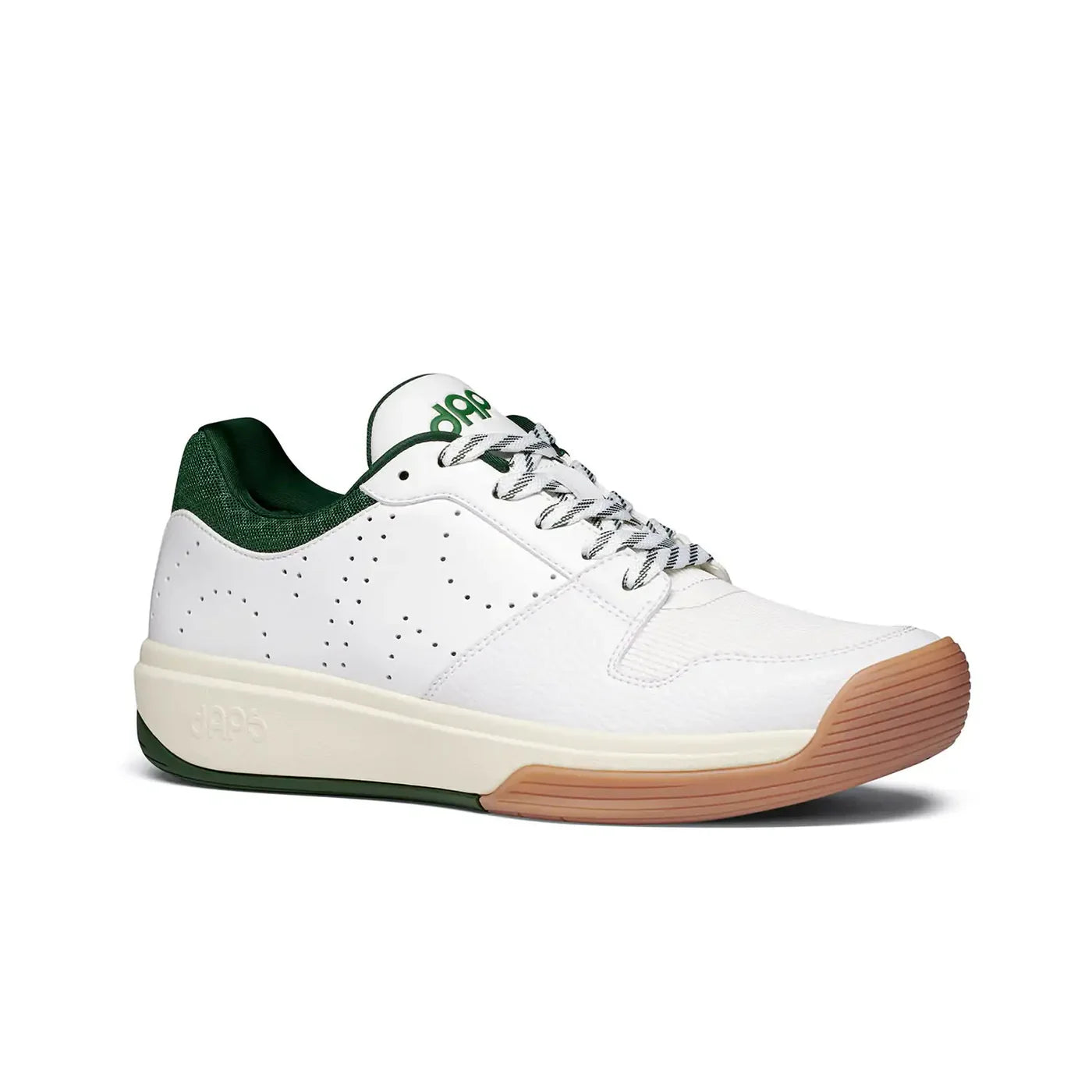How Anna Leigh Waters/Will Howells beat Ben Johns/Catherine Parenteau in mixed doubles
Last Edited
Jul 30 2025
Category
Instruction
During last weekend's MLP Dallas event, pickleball fans were treated to a matchup that hasn't happened in several years: Ben Johns vs. Anna Leigh Waters.
They are partners on the PPA Tour and didn't play against each other in Major League Pickleball at all last season, but on Saturday it happened when the New Jersey 5s played the Los Angeles Mad Drops.
But the much-anticipated matchup wasn't as close as many people anticipated, with the New Jersey mixed doubles pairing of Waters and Will Howells taking down LA's top mixed team of Johns and Catherine Parenteau 11-4.
How Anna Leigh Waters and Will Howells found success at the kitchen line
There was one specific dinking pattern that stood out during this game. Here’s how it worked.
Shot 1: Johns comes over in front of Parenteau to take a dink, and pulls a dink back to the middle of the court.
Shot 2: Howells takes that dink out of the air, sending it back over to Johns’ corner of the kitchen.
Shot 3: Johns is then stretched out and off balance, and forced to hit another dink back to the middle.
Shot 4: Because Johns is now back toward his corner of the kitchen, this opens up the court for Waters or Howells to take the next ball back toward Parenteau, who they are ultimately trying to isolate in this matchup.
The fact that this pattern kept happening throughout the match leads me to believe that it was a specific point of emphasis for the 5s going in. Anna Leigh and her mom, Leigh Waters, who is New Jersey's coach, have obviously seen Johns play a lot of mixed doubles over the years, so maybe it's something they know is effective against him.
It certainly worked in this particular game, as they were able to keep Johns off balance and didn't allow him to control points at the kitchen line like he normally does.

Why this dinking pattern works
This series off dinks accomplishes two things for New Jersey.
1. It makes Johns move -- a lot
He's having to exert a lot of energy to cover this much court and he was often caught out of position since Howells was taking those middle dinks out of the air. Making a player move that much will take its toll over the course of a match -- even against a player who moves as well as Johns.
2. It opens the court
Now that they have brought Johns all the way back over to his sideline, that allows them to take the next ball back toward Parenteau, who they are ultimately trying to isolate in this matchup. Sometimes they would just sent a dink back to Parenteau's corner to try to start a cross-court dinking exchange, and other times they would speed a ball up at Parenteau and start a firefight.
What we can learn from this match
This is a great example of a team coming into a match with a strategy and staying extremely disciplined with that strategy. They recognized what was working and stuck to it. A lot of times amateur players will lose one or two points and throw whatever strategy they had out the window -- don't be that player.
This is also a good pattern to keep in mind the next time you're playing mixed doubles against an aggressive guy. If you want the guy to stay out of the middle or stop taking so much court, dinking to his sideline is a good way to accomplish that. You might not win points right away just by doing that, but it's more of a long-term play designed to wear them out over the course of a match and open up the court for opportunities to attack the women's player.












